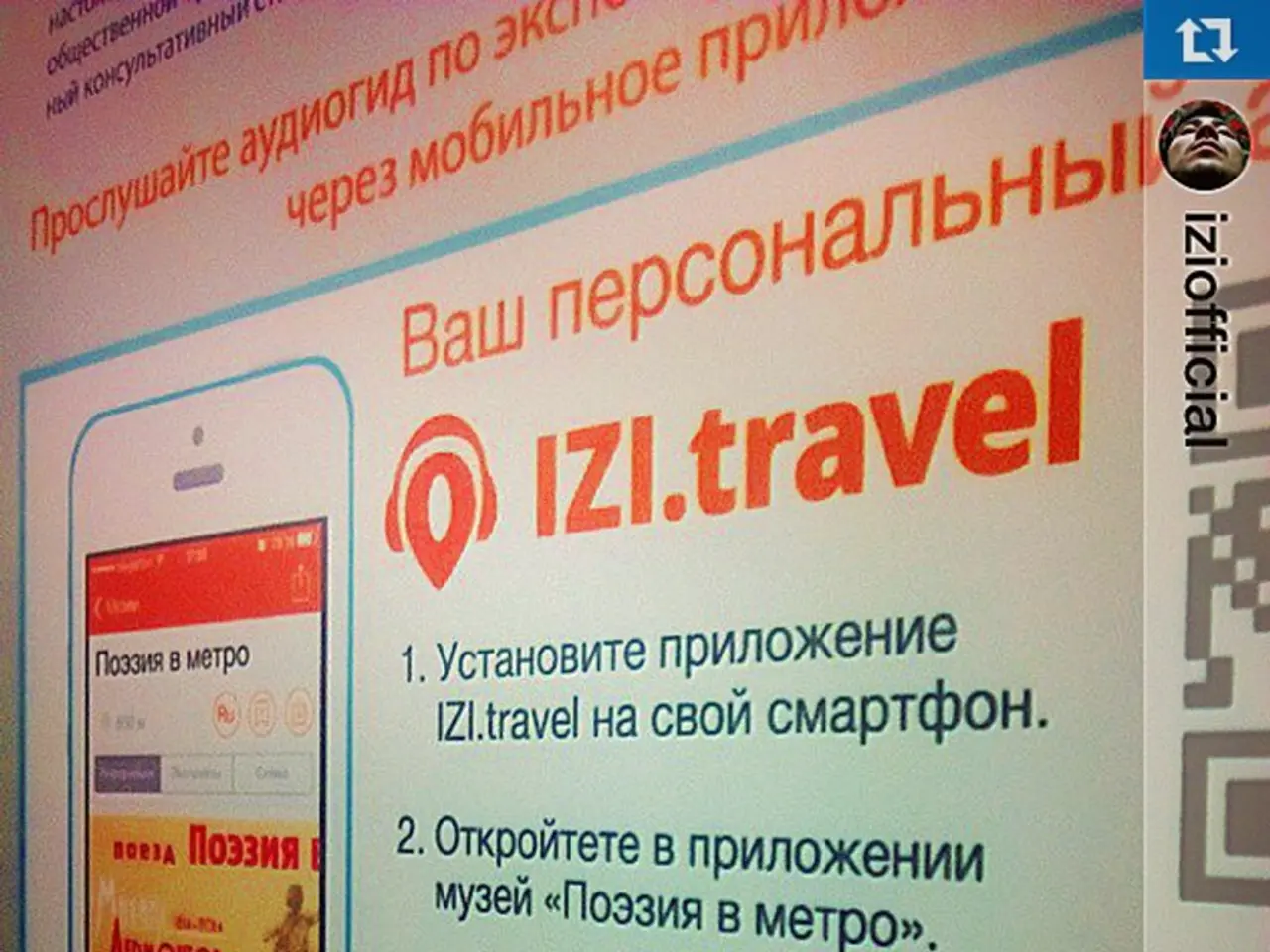Agency-Client Ties Evolve, Causing a Decline in Reverse Auction Practices
The advertising industry is witnessing a significant change in the way it conducts business, with a notable decrease in the occurrence of reverse auctions. This trend, according to recent reports, is substantial, with a majority of ad agencies confirming that reverse auctions are happening less frequently.
Reverse auctions, often referred to as procurement-led auctions or e-auctions, are a process where publishers or media sellers lower their prices in real-time to win advertiser bids. While these auctions are still incorporated in certain retail media and programmatic advertising platforms, the industry is moving towards more controlled, flexible, and outcome-focused tools.
This shift is driven by brand and agency demands for better campaign management and real-time optimization, moving away from purely auction-driven systems. The reputation of reverse auctions as demoralizing and destructive stems from several factors, including price erosion, lack of transparency and trust issues, strategic inflexibility, and the race to the bottom.
Price erosion refers to the aggressive pushing down of prices as sellers compete on cost alone, often sacrificing quality and fair value. This can undermine publisher revenue and long-term advertiser relationships. The competitive pressure to continuously underbid can degrade market integrity and incentivize compromising on inventory quality or ad effectiveness.
Although auction platforms claim transparency, the aggressive pricing often creates suspicion and dissatisfaction among participants. Moreover, reverse auctions typically emphasize the lowest price, ignoring brand goals beyond cost reduction, which can demotivate buyers and sellers invested in long-term brand equity.
These effects have led many advertisers and media sellers to reevaluate the value of pure reverse auction models, favoring hybrid or refined marketplace formats that allow for greater control, transparency, and mutual benefit.
Industry moves reflect this shift. For instance, Amazon's withdrawal from Google Shopping auctions in 2025 disrupted auction dynamics dramatically, but other retailers quickly absorbed the opportunity, causing unexpected CPC increases despite fewer competitors. This shows that while auctions continue to drive pricing, aggressive competition following auction-based models can destabilize advertiser economics and market equilibrium.
In summary, reverse auctions in advertising are still present but increasingly supplemented or replaced by more sophisticated, flexible platforms that address the drawbacks of reverse auction dynamics. The industry's trend is towards balanced, transparent, outcome-focused bidding rather than pure cost-driven reverse auctions.
This decline in reverse auctions could be a positive development for the ad industry, as it moves away from destructive industry practices and towards more collaborative, mutually beneficial relationships between advertisers and publishers. The pitch process, which often ends with a phone auction where the lowest fees win, is also becoming less common, indicating a shift towards a more respectful and fair approach to business.
Adweek recently spoke to nearly a dozen ad agencies about the current status of reverse auctions, with new business execs at ad agencies finding this process demoralizing and destructive to the industry. The industry characterizes this process as a "race to the bottom." As of recent conversations, reverse auctions are becoming less frequent, suggesting a move towards healthier and more sustainable business practices in the advertising industry.
In light of the shift towards more sophisticated and outcome-focused advertising practices, there has been a significant decrease in the frequency of reverse auctions, as many industry players find these processes demoralizing and destructive. The ad industry, driven by brand and agency demands for better transparency and long-term relationships, is moving away from cost-driven reverse auctions and towards more balanced, transparent, and collaborative business practices.




